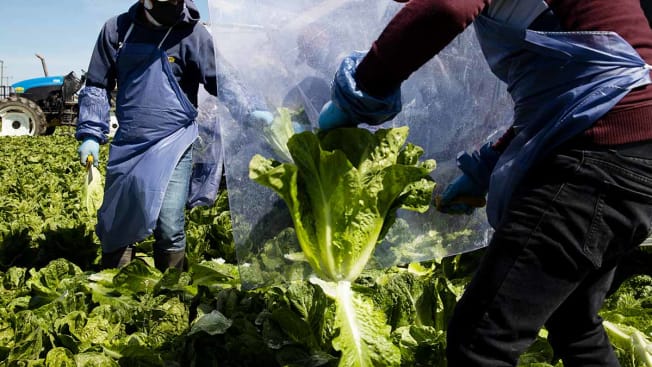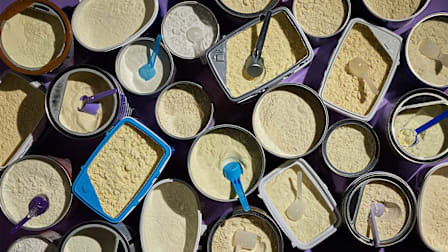“I believe this rule will be nothing short of a game changer for food safety, and transformational,” Frank Yiannas, the FDA’s deputy commissioner for food policy and response, said in a briefing. “I say that because it is going to change the way government and industry work together to keep food safe. I believe it’s going to save lives for generations to come.”
Currently, this kind of record keeping is incomplete and inconsistent, which makes it difficult in some cases to determine which food is causing an outbreak. “Right now, with produce, for example, a food like tomatoes that are grown in one farm are combined with others from different farms along the supply chain, and once combined, there isn’t always a fast or easy way to trace each tomato back to the field in which it was grown,” says Martin Bucknavage, a senior food safety associate at the Penn State department of Food Science.
Bucknavage says the new rules will help standardize the process, and each company handling the food at every step throughout the supply chain—from farm to the retailer—will be required to follow the same practices.
The rule applies only to foods on the FDA’s Food Traceability list. “To choose the foods, the FDA developed a risk model that took a number of factors into account, including how many illnesses they’ve caused, and their potential for becoming contaminated,” says Brian Ronholm, director of food policy at Consumer Reports. It’s a long list, but it doesn’t include meat or poultry, which are regulated by the Department of Agriculture. And while all forms of fresh cucumbers, leafy greens, melons, tomatoes, peppers, and tropical fruits (like mangoes and papayas) are on the list, only fresh-cut versions of other fruits and vegetables are covered.
“This isn’t a perfect solution because it doesn’t include all foods,” Ronholm says. “But it does have the ability to limit outbreaks and prevent illnesses because it could potentially allow for contaminated products to be pulled back before they reach consumers.”
For example, this new rule may help prevent situations similar to the one that occurred right before Thanksgiving in 2018. Romaine lettuce was identified as the source of an E.coli 0157:H7 outbreak that in the end sickened 65 people in 16 states, but the FDA didn’t have enough trace-back information to pinpoint the specific brand or area the lettuce came from. As a result, in an unprecedented move, the FDA requested that supermarkets remove all romaine lettuce from their shelves, and the CDC warned consumers not to eat it.
“Had a more robust traceability system been in place then, there would be two benefits,” Ronholm says. “The source may have been identified faster, which means not all romaine would have had to be removed from the market, and, more importantly, fewer people may have gotten sick.”





















